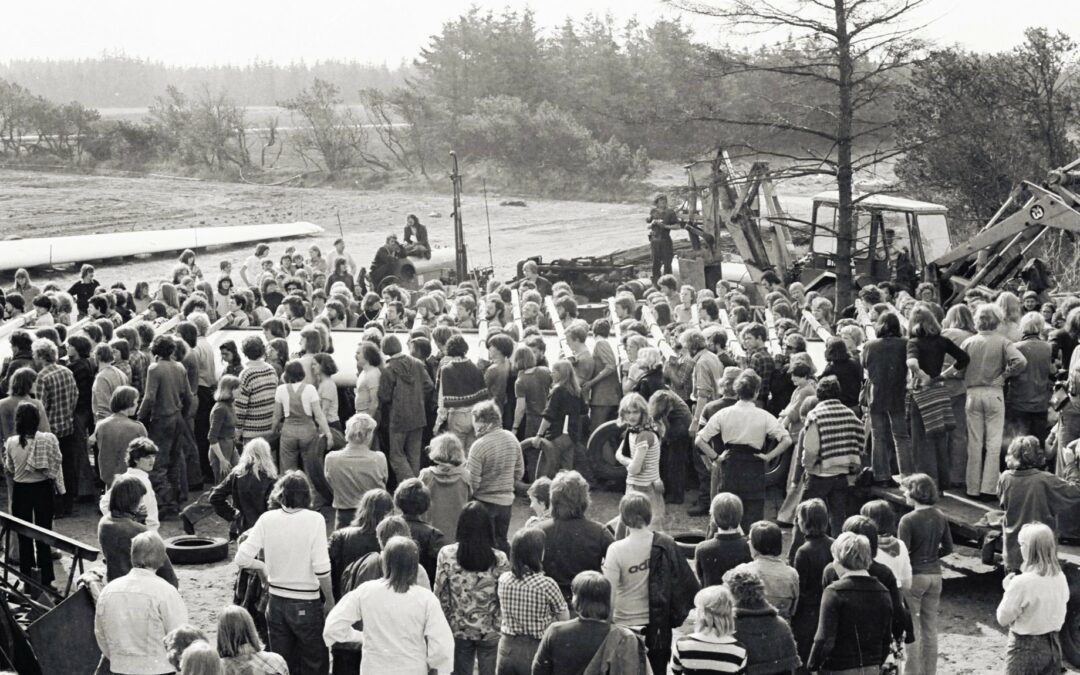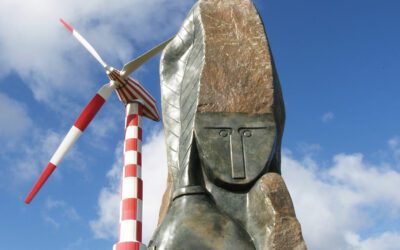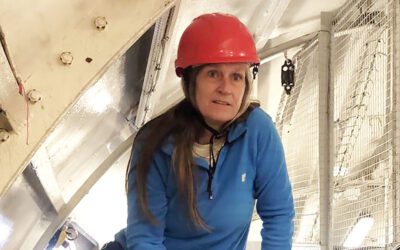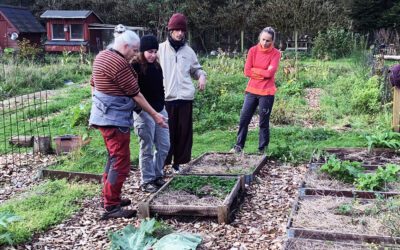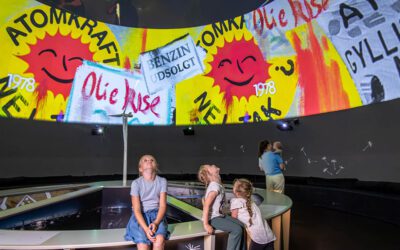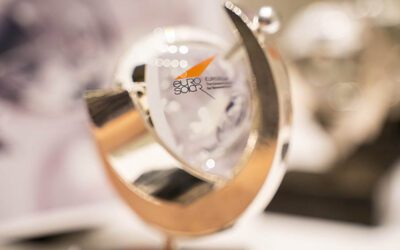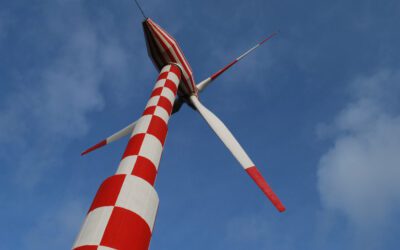Volunteers with a cause
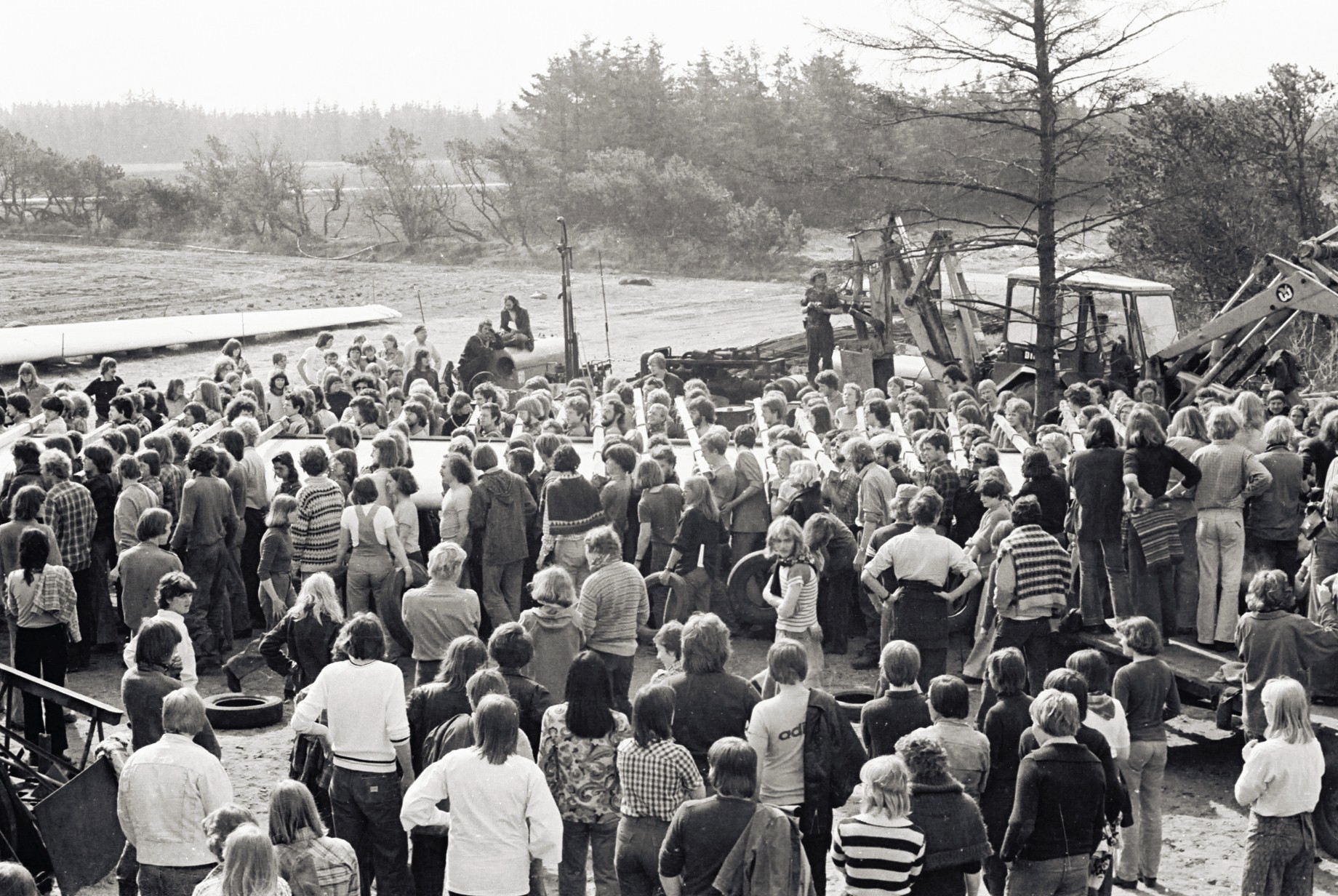
Speech by Mette Bryndum at the 40 year anniversary celebration of Tvindkraft.
Translated, abbreviated & lightly edited for clarity.
During Christmas in 1974 the teachers’ group in Tvind decided to build the windmill. It was a practical decision: everyone had experienced the oil crisis in 1973, where the price of oil quadrupled. The situation was unsustainable. The government’s plan was to introduce nuclear power in Denmark in order to meet energy demands. Five sites for nuclear power plants had already been identified.
It was clear to the teachers in Tvind that what people needed was renewable energy. The energy crisis couldn’t be solved by introducing an even more problematic source of energy, especially since the problem of radioactive waste was unresolved – waste which would jeopardise the safety for future generations for thousands of years.
Another solution was needed, and so the teachers decided to harness an abundant resource – the westerly wind – and build a wind turbine, something we in Denmark insist on calling a windmill.
A bold advert
An advert was placed in some major newspapers:
Windmill builders wanted!
Who would like to participate in building a 54 meters tall wind turbine at the Tvind Schools?
Skilled as well as unskilled windmill builders wanted for immediate start. The project is expected to last five months
The Windmill Team was composed of volunteers of many different kinds. We were teachers, farmers, plumbers, folk high school students, artists, carpenters, chemists, unemployed people, poets, engineers, and many others. Our average age was 21. About half the team were young women.
I was 15 years old, straight out of grade 9. I started in the “wing team”, the wing root to be specific, together with, among others, Joep – a Dutch artist – and Janne.
The windmill team displayed great variety. But – one thing we had in common:
None of us knew how to build a windmill.
However, we shared a common cause. We wanted that windmill to succeed. We decided on some simple but highly effective principles:
What we did not comprehend – we had to make comprehensible.
What we did not know – we had to explore.
What we couldn’t do – we had to learn.
We were the ones who had the responsibility, and therefore had to understand why everything was made the way it was. We had to understand which reservations the calculations held and why. We had to understand which forces we were calculating with and why.
Each and every detail had to be thought through. It soon appeared to be a wise strategy.
Securing quality and safety
The ready-mixed concrete for the foundation turned out to be so expensive that it would undermine the budget totally. The only way out was to buy a huge, second-hand concrete mixer, and start to mix the concrete ourselves.
When mixing the concrete, 1 litre of water in excess would be enough to ruin 1.5 cubic metres of concrete. We couldn’t afford to make avoidable mistakes. Therefore, we appointed three persons to get a “concrete mixer license”.
Issuing “driving licenses” was something we introduced for all mechanical and dangerous work. We studied and passed an exam. At the exam you showed that you understood all safety and quality demands. Then you got your “license”. I myself got a license for the small ”sausage machine”, and I still remember how proud I was when I got the license for mixing araldite.
Trusting in ourselves
Relying on our own forces was practised in matters big and small. The relying-on-
own forces policy pervaded the technical solutions, for example when the wings were designed:
In a building meeting with the whole windmill team present, the engineer whom we had hired to make a wing design was asked to explain why he had chosen this particular design. The windmill team was not impressed with his explanation. So, we decided to find a person who could give us advice, a second opinion. We found Ulrich Hütter in Stuttgart, a German professor of aerodynamics, who had constructed the biggest modern windmill to date: A 100 kWh windmill with 17,5 metre long blades. He confirmed our suspicion: the drawings that had been presented to us were far from satisfying.
Another example of our problem-solving capacity as we trusted in ourselves, was about the tower.
The tower was going to be poured in a slip form, which was to move upwards continuously for three weeks without pause during the entire pouring process. In preparation we built a small-scale model of clay in the precise proportions. When we proceeded to place the steel in our small model, we discovered that there was no space for all the steel that was supposed to go into the concrete. Some steel was left over. And absolutely no space in the concrete. So, we started to check our calculations and some errors appeared.
An emerging grass root movement
When we started building the windmill in May of 1975, we did not say so much about it to the media. We figured it was better for the public to discover it bit by bit as the construction progressed. This is precisely what happened.
The first article appeared in one of the local papers in June ‘75. When we had completed the foundation, news about the windmill had appeared in all the big, national papers.
We started to get a lot of guests. We parked two busses next to the building site – guest busses – where we served tea. The busses soon became a centre for all kinds of discussions. We had one or two people from the windmill team in charge of the guest bus. Soon, three people were needed in the guest bus and at that point we started ”borrowing” people from other teams in Tvind to take care of the bus.
An open space for good ideas
Starting this huge windmill project touched something in people. People wanted us to be successful. People were also willing to contribute with help, with ideas, with cheap solutions, and sometimes with presents.
In the guest bus all kinds of issues regarding our mission were discussed.
At the beginning of the project one recurring question was: “Why do you only want to make hot water? Why not electricity?” Our answer was that we could not control the revolutions of the rotor.
One day a guest appeared who said: ”Why don’t you make a frequency converter? I can design one for you and my students can build it for you.” It was a professor from The Technical University of Denmark (DTU). His name was Ulrik Krabbe. He also helped us find a very cheap gearbox and a generator.
Along with the large numbers of people who came to visit us, good ideas floated in our direction. People with knowledge and ideas were attracted to our building site – like bees to honey. We were visionary and we showed a glimpse of a possible future, and most people who are faced with a good vision of the future, want to do their bit to make it a reality.
People also came to seek for our advice regarding projects they themselves wanted to launch. At one point we realized that we had to do more for people who came for advice.
Therefore, we opened an energy office, ”West Jutland Energy Office”, where people could get designs and advice about renewable energy.
At the end of the building project we had close to 3.000 guests a day.
Determination and focus
When we began building Tvindkraft, we had calculated that it would take 5 months. It ended up taking three years. The project changed along the road. Much was reconsidered and redesigned. The concept of producing electricity rather than hot water meant a much more complicated construction, in particular. The price also went up. When we started, the budget was 850.000 DKK. The final price of the windmill was around 6.5 million.
During the construction phase we applied for funding the project from all kinds of foundations, but all our applications were denied. Again, we had to rely on our own forces. In the end it was Tvind’s Teacher Group who earned all the money and paid for the whole project.
During the whole building process one attitude was all pervasive:
We were 100 % convinced that we were willing and able to finish the construction of the windmill. No matter what difficulties we might run into on our way, we would conquer them. I don’t recall any sense of doubt – at any time. Of course we would succeed.
And we did.
Never doubt that a small group of thoughtful, committed citizens can change the world; indeed, it’s the only thing that ever has.
– Margaret Meade
Did you know that the main shaft of Tvindkraft’s turbine came from a ship’s propeller shaft? The lift inside the tower came from a building site, the gearbox was surplus winding gear at a Swedish copper mine, and the generator originated from a paper mill. Repurposing of already existing mechanical gear was a good way to manage on a tight budget.
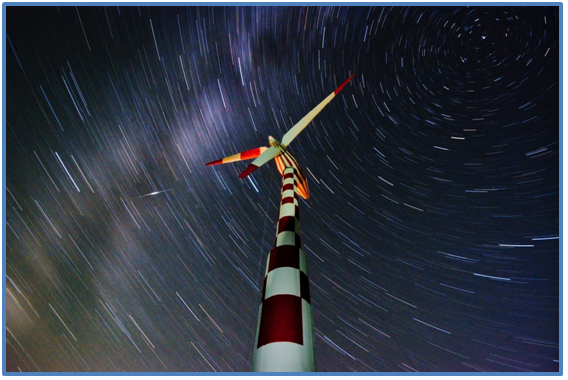
The construction of Tvindkraft was instrumental in the development of modern wind turbines, the emerging wind energy industry, and subsequently the environmental sustainability that we can thank wind power for today.
An article from the New York Times 1978
Excerpt from the historic article:
One of the world’s largest windmills has risen on the moors facing the North Sea in a remote corner of Denmark because its builders, as one of them said this week, “wanted to demonstrate that we could do something positive and, not just keep saying no.”
WHAT ELSE
Tvind & the Global Goals
Tvind International School Centre works towards achieving the Sustainable Development Goals in many ways. You are welcome to join the Tvind Volunteer Team and advance the Tvind campus.
Inspiring the Future: European Energy at Tvindkraft
European Energy’s Birit Buhr visits the iconic Tvindkraft wind turbine, exploring the roots of Denmark’s renewable energy revolution.
A visit by the Nature Now team
The Nature Now team from DRH Lindersvold came to visit Tvind in the autumn of 2023. The team kindly shared this report about their experiences as visitors to the Tvindkraft and the Tvind Climate Centre.
Tvindkraft at Naturkraft
Naturkraft is an event park where you can learn about the forces of nature. Here, you can find a riveting exhibition chronicling the history of modern wind power in which Tvindkraft is showcased.
European Solar Prize Winner
In 2008, the schools in Tvind received the prestigious European Solar Prize in the “Education and vocational training” category for their “cutting-edge wind turbine as educational project”.
Tvindkraft’s present role
Tvindkraft's present roleWhat do our windmill keepers think about Tvindkraft, wind energy, windmills in Denmark and the environmental crisis? Britta, who has been looking after the windmill for over 20 years, was asked for her thoughts on these complex and current...

